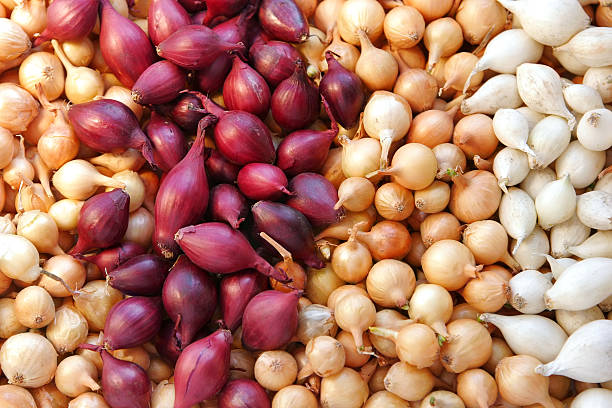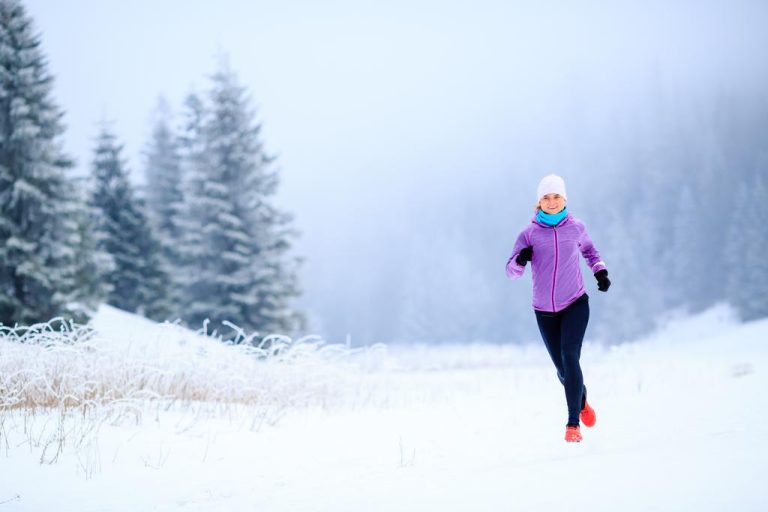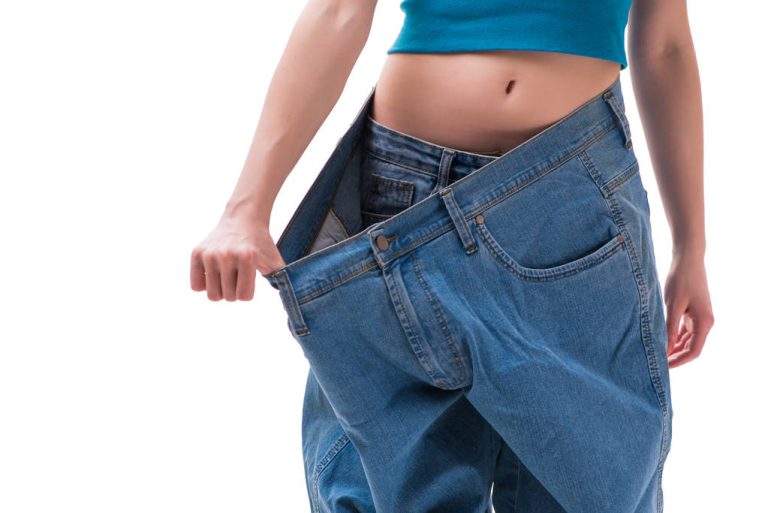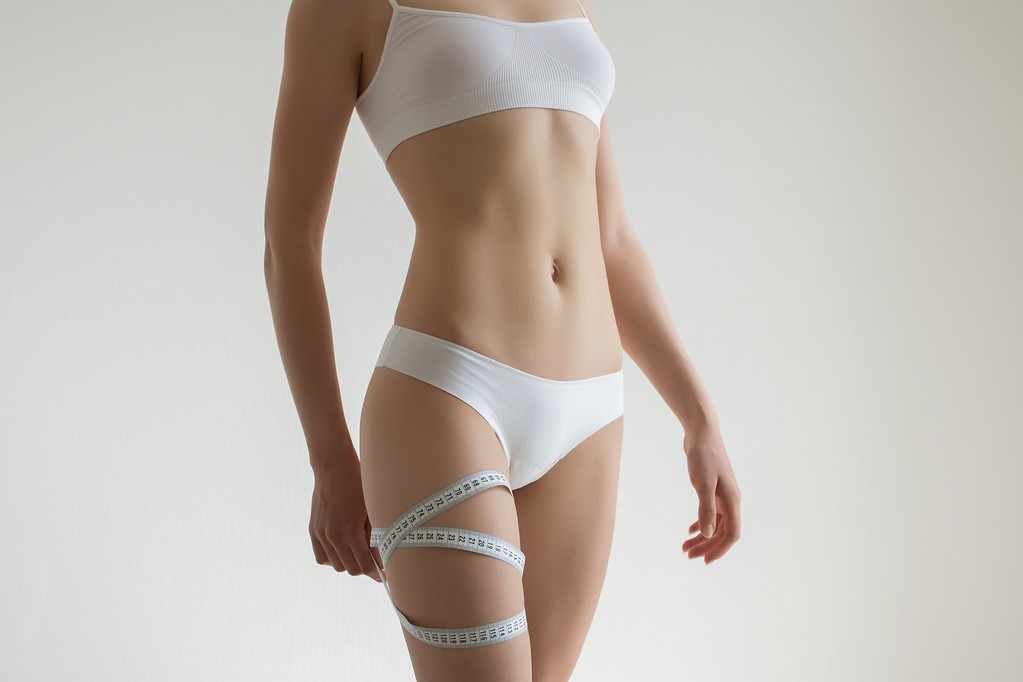Useful household tips and natural home remedies for potatoes. We use the potato very often in the household, but until now we have used it far too little as a remedy and health maker.
Eat and use delicious potatoes
Potatoes are a fruit we love very much, and they thrive in almost every field in our region. Sometimes the tubers from the supermarket don’t taste good, and they don’t keep very long either, so they’re even thrown away. Potatoes from organic farms in the immediate region are hardly more expensive, but usually taste much better. You should get some at the market and even buy a few extra pounds to store in the basement so that you always have some and can be sure that they really taste good.

Grow potatoes on the balcony or in the apartment
You can also grow and pull up potatoes on the balcony yourself. On the balcony, terrace, or in the apartment. The tubers are easy to grow in a large bucket.
Save oversalted potatoes
There is a simple trick for oversalted potatoes. It depends on how salty the tubers are. Re-boil the potatoes with fresh water and one raw, peeled potato. The potatoes placed next to it will absorb the excess salt.
More vitamins in boiled potatoes
In order to make the best use of the vitamin content, it is better to cook them unpeeled and only then peel them off. At the same time, you have the effect that you have less work and all family members participate in peeling the potatoes. At the same time, these skins are also much thinner, so that almost the entire potato can be used to the full.
Clever peeling of jacket potatoes
For jacket potatoes, this trick makes peeling things quicker. You can make peeling easier in a matter of seconds: cut each potato in the middle before cooking. Then cook the tubers as normal and at the end quench the potatoes in really cold water for a few seconds. Then you can simply peel off the peel with your hands or even push out the cooked potatoes.
Use the cooking water for the sauce
If the potatoes are washed completely clean and cooked, then you can use the cooking water, which is rich in vitamins and minerals, to mix the sauce or for a soup.
Make chips out of the potato peel
After peeling the potatoes, you can collect the potato skins. The shells contain a lot of nutrients and minerals. You can reuse them for hearty potato chips. It’s easy: put all the potato skins on a baking sheet. Drizzle with vegetable oil and season with salt, pepper, chili, or paprika to taste. Then bake in the oven for about 15 minutes at 180 degrees until the chips are crispy.
Potatoes as a household remedy

- Potato water for weed control: The water is ideal for weed control. Simply pour the hot cooking water over the plants. A natural alternative to chemical weed killers.
- Use potato water as fertilizer: You have to boil the potatoes without salt. The potato water is very suitable as a garden fertilizer or plant fertilizer. It contains a lot of potassium and valuable vitamins.
Potato as a natural remedy
Potatoes can also be used to cure colds and sore throats. They are boiled and wrapped in a cloth while hot. You put this cloth on your chest or around your neck if you have a sore throat, lie down in bed, and try to sleep. After a certain time, you start to sweat, and after a good night’s sleep, the symptoms can be significantly reduced.






















